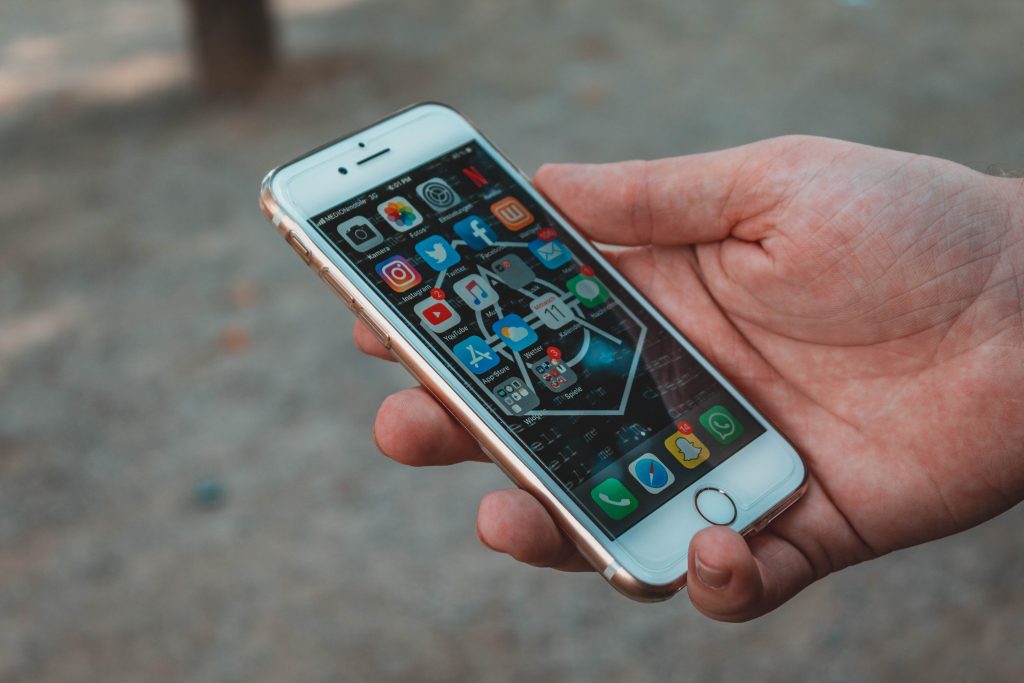This article will walk you through using Google Security Checkup to prevent unauthorized users from accessing your Gmail inbox.
Gmail and the access it provides to third-party applications to your email have been the subject of a lot of debate over the course of the past week due to the controversy that has surrounded them. I have already explained the specific reasons why this is not something that should cause undue concern, as well as the ways in which the headlines could be misleading to some people. Also, the specific reasons why this is not something that should cause undue concern have been explained. You still have control over your data and who is allowed to use it, which is one of the most important things you should take away from my argument; with that in mind, here is how you can exercise that control:
Start the examination of the precautionary safety measures.
Your Gmail inbox is not being used in ways that it shouldn’t be used by any malicious app developers anywhere in the world, and the primary key to ensuring this is to run Google’s handy tool called Security Checkup, which is provided free of charge by Google. You have the option of going through a list of the different ways in which apps and businesses that are not affiliated with Google are using your account and deciding how to respond to each instance on an individual basis. This function is exactly the same as any other “checkup” function that may be performed.
You can access the page for the Security Checkup by clicking the link that has been provided above; however, before you do so, you will need to make sure that you are logged in to the correct Google account. If you have more than one account, you should probably go through and check them all to make sure that everything is in order.
The Security Checkup can be put to use for a wide variety of other important purposes as well; however, the primary focus of this how-to will be on how to prevent third parties from accessing Gmail. You have the ability to view the events that may have triggered the display of a security alert, as well as view the devices that you own that may require a passcode to be locked. You also have the ability to view and make changes to your verification methods, which may include alternative email addresses, your phone number, and other information.
Remove all points of access for outside parties
If you scroll down far enough, you’ll eventually come across a section that’s labeled “third-party access.” Google will provide you with an estimate of the risk posed by the applications that are linked to your account, as well as the total number of applications that are classified into each category. In my particular circumstance, I am in possession of five applications that have what is known as “low risk access to your data.” The extension known as Boomerang for Gmail is one of those available.
Simply clicking the “Remove Access” button will allow you to immediately revoke access. You also have the option to click the small I button to get more information about the app, including specifics regarding the permissions it has been granted. In this particular scenario, Boomerang is authorized to read, send, delete, and manage my email; in addition, it has between 1 and 5 million users accessing their Google Account.
(I want to make it abundantly clear that I am in no way suggesting that Boomerang is acting maliciously with regard to your e-mails in any way. The correct response is “no.”
You should keep in mind that if you disable access to an application, you will no longer be able to make use of the features and capabilities that are associated with that application. This is an important fact to keep in mind. If I disable access to Boomerang, I will lose the ability to schedule emails and the other features it adds to Gmail. Boomerang is an application that adds a number of features to Gmail, such as the ability to schedule emails.
You’re done
The end, as the proverb goes. Simply select “Remove Access” on any and all Gmail-related applications that you do not make use of, and you will be able to delete your account from that service. If you are unsure as to whether or not you make use of it, then the probability is high that you do not make use of it. Even if you find out at a later time that you have already granted access to the application, you can still grant it access once more at any time. If I have any concerns about making use of a particular application, I always err on the side of caution and turn off the associated feature.
It’s possible that you’re already familiar with this concept given that Google isn’t the only company that makes use of it. Both Facebook and Twitter make it possible for users to view a list of the applications to which they have granted permission to use their accounts and the data that those accounts contain. The reason we are doing this is because it is standard procedure to take precautions to prevent unauthorized individuals from gaining access to information or resources that they are not entitled to have. It is possible that you will be surprised to learn how many apps you have carelessly provided access to your data, but the fact that this is happening is the reason for it.





